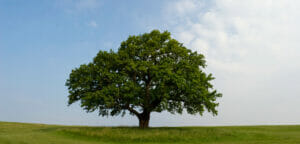
Farewell from under the Oak Tree
After 35 years writing for The Teaching Professor, Maryellen Weimer signs off with her final column.

After 35 years writing for The Teaching Professor, Maryellen Weimer signs off with her final column.

I have two loves: teaching and learning. Although I love them for different reasons, I’ve been passionate about both for all my career. I teach less now, but what I love about learning should keep me learning.

I know, it’s not the time of year when most of us wildly love teaching, but I’m thinking across the long trajectory of my career. I remember that first day in class when I spent a lot of time on my outfit and the content

How much has our thinking about participation changed? Start with your students: Do they equate participation with anything other than raising their hands to answer a question or being called on for a comment? Recent years have seen calls to broaden definitions of participation, but

You know, the one we all love to teach, the one whose learning showcases our pedagogical acumen. Does our vision of the ideal student at some point merge with our dreams of a perfect student?

Students need to learn time management skills, but I suspect that’s true for more than just students. Busyness rules. How many of us are living lives packed with too much to do? We know the issues for our students. Most of them are working, a

My husband just took a wood-turning class, and the night before, he slept very little, worrying about his skills and whether he’d be able to complete the course projects. This from a person who builds houses, boats, and furniture, who forges knives, can repair just

Last week I happened onto something I’d written years ago about study buddies—two students who agree to study together in a course. I was describing a community college first-year seminar program that partnered students in the seminar and a general education course linked to it.

We hear a lot about the unseemly influence of liberal professors and their inappropriate use of courses to promulgate left-leaning ideas. Some go so far as to claim that liberal teachers brainwash students. We can counter with evidence; a recent study offers plenty of it

Discussing controversial topics in courses has never been easy—for teachers or students—but in the past few years, it’s become even harder. Controversy surrounds an increasing number of topics, and the intensity of feelings associated with contested issues continues to grow. Many topics now feel so